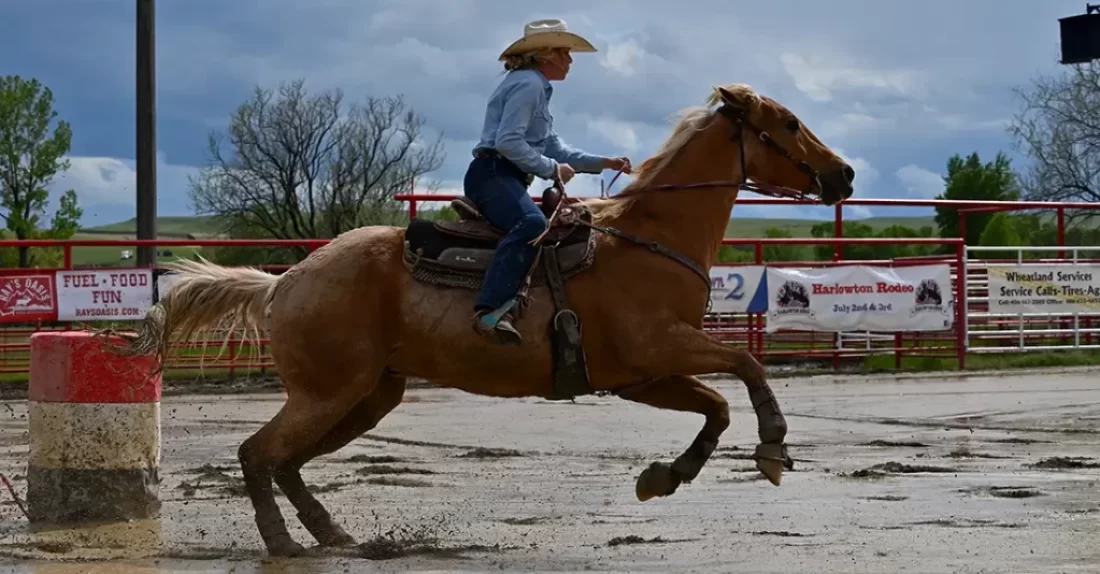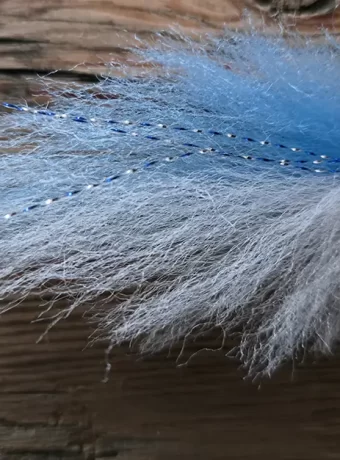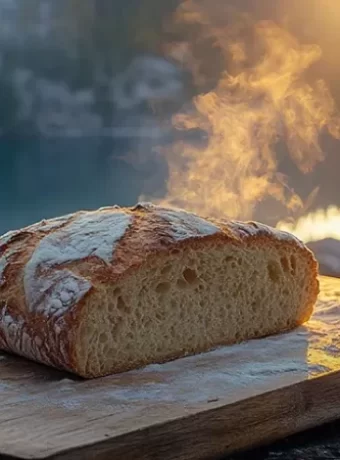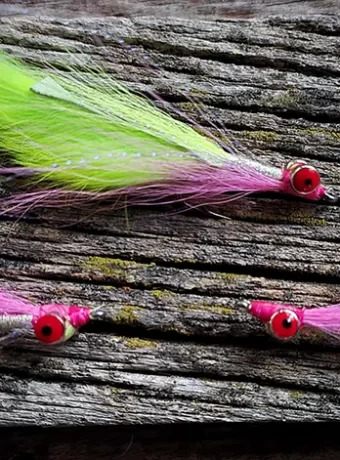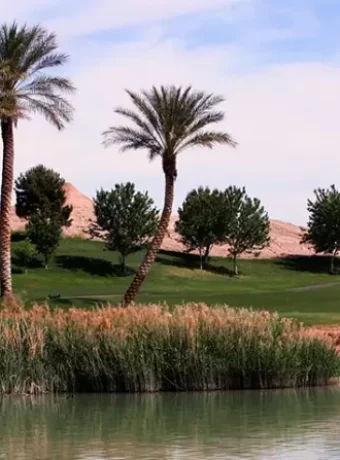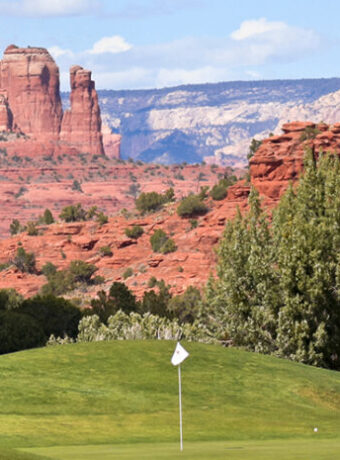History of High School Rodeo: From Local Events to Global Phenomenon
Have you ever witnessed the electrifying spectacle of a rodeo? Now, imagine that energy channeled through talented high school students, all vying for championship titles and college scholarships. That’s the heart-pounding world of high school rodeo, a sport deeply ingrained in the history and culture of the American West. Let’s explore the exciting history of high school rodeo, from its humble beginnings to the adrenaline-pumping events we see today.
Table of Contents
The Genesis of High School Rodeo
The history of high school rodeo is intertwined with the vision of Claude Mullins, a Texas educator with a heart for rodeo and young people. In the 1940s, Mullins noticed a group of school kids who’d spend their afternoons at the town arena practicing roping techniques. Their enthusiasm sparked an idea: why not have a formal competition to crown high school rodeo champions, much like other high school sports?
This idea became reality in 1947 with the first Texas State High School Championship Rodeo held in Hallettsville, Texas. The event attracted 121 contestants competing in Tie Down Roping and Breakaway Roping. The enthusiasm was contagious, and by 1949, high school rodeo events popped up in New Mexico, Louisiana, Montana, and South Dakota, prompting the need for a national stage.
The National High School Rodeo Association is Born
The National High School Rodeo Association (NHSRA) officially launched in August of 1949 at the first national finals rodeo, fittingly held in Hallettsville. Claude Mullins, the driving force behind this burgeoning sport, was elected as the NHSRA’s first president. Alongside him was Alton Allen, a crucial supporter of Mullins’ initial vision, who took on the role of secretary.
Mullins was adamant about setting a high bar for eligibility, requiring students to be in good academic standing and demonstrating strong character to participate. His aim was to weave rodeo into the fabric of a well-rounded education, not supersede it. This emphasis on academic integrity and sportsmanship continues to be a defining factor in the history of high school rodeo. The national finals adopted a rotational system, moving from state to state each year, allowing different parts of the country to share the thrill of these events.
From Humble Beginnings to International Recognition
Those early years were relatively small-scale, with contestants primarily hailing from Western and Southwestern states. The phenomenal reach that high school rodeo would eventually achieve seemed impossible at the time.
Fast forward to today, and the NHSRA boasts over 10,500 members from 41 states, plus participants from Canada and Australia. It’s an international phenomenon and has grown so much that every state active in the high school level also has a junior high division. Started in 2004 for sixth, seventh, and eighth-graders, this division showcases the next generation of rodeo stars and speaks volumes about this sport’s bright future. Today, around 1,500 high school students qualify each year for the National High School Finals Rodeo (NHSFR), making this the “World’s Largest Rodeo,” according to the NHSRA. Not bad for an organization inspired by some kids practicing roping after school.
More Than Just Buckles and Boots
High school rodeo offers much more than just the adrenaline rush of competition. The NHSRA awards over $1.3 million in scholarships and prizes annually. The financial assistance is often critical in making college and further education a reality for rodeo athletes. This makes it crystal clear: for many, this isn’t just a hobby; it’s a path toward higher education.
High school rodeo is a family affair. Imagine parents hitching up trailers, traveling from rodeo to rodeo, offering support and encouragement every step of the way. This spirit of community, camaraderie, and mentorship is what makes high school rodeo so much more than a sport – it’s a way of life.
From Six Events to Fifteen: A Look at Rodeo Events
Those early rodeos in the late 1940s featured a limited number of events, mainly focused on roughstock events like saddle bronc riding. As the history of high school rodeo unfolded, so did its event roster.
Let’s dive into the thrilling events that keep high school rodeo fans on the edge of their seats.
Roughstock Events: Taming the Wild
These events are not for the faint of heart. They require courage, grit, and incredible balance as contestants attempt to ride out a bucking animal for eight seconds:
| Event | Description |
|---|---|
| Bareback Riding | Contestants ride a bucking horse with only a leather rigging, relying solely on their grip and balance to stay aboard. They have to spur above their shoulders for the entire ride while trying to stay in sync with the horse’s wild movements for eight seconds. |
| Saddle Bronc Riding | Using a specialized saddle with no horn and holding onto a single rein, riders aim for a fluid, rhythmic ride on a bucking horse. Like bareback riding, this tests a contestant’s balance and spurring techniques as they try to anticipate each buck. |
| Bull Riding | Widely considered one of the toughest sports on dirt, this heart-stopping event pits a rider against a powerful bull. Using just a braided rope, contestants attempt the nearly impossible – staying on the back of a bucking bull for eight seconds without touching it with their free hand. Points are awarded for the bull’s difficulty and the rider’s control. |
Timed Events: Speed and Precision
These events test agility, speed, and horsemanship, requiring quick reflexes and well-trained horses:
| Event | Description |
|---|---|
| Barrel Racing | Horse and rider navigate a cloverleaf pattern around barrels, with lightning-fast turns and a race against the clock determining the winner. It’s a fan favorite, with each run full of strategy and skill. |
| Pole Bending | Precision is key as the rider guides their horse down a line of six poles, weaving in and out in a serpentine pattern – the fastest time without knocking over any poles wins. It’s all about control at high speeds. |
| Goat Tying | This unique event tests speed and agility on the ground, requiring contestants to dismount while their horse is at a full run, catch, flank, and tie a goat. It’s a testament to speed, strategy, and the ability to think on your feet (after dismounting from a fast horse, that is.). |
| Tie-Down Roping | One of rodeo’s classic events, this showcases a cowboy or cowgirl’s roping skills. They chase a calf on horseback, rope it, dismount, and tie any three of its legs together, judged on time and technique. It’s a delicate balance of speed and skill. |
| Breakaway Roping | Specifically for the ladies, this is a test of fast roping as riders chase after a calf, throwing a loop around its neck. The rope is tied to the saddle horn with a string that breaks away when the calf is caught, hence the name. |
| Team Roping | A true partnership, team roping features two riders working in perfect sync. One ropes the steer’s head, while the other ropes the heels – all within seconds, requiring impressive coordination and timing. |
| Steer Wrestling | Combining strength and strategy, contestants on horseback, leap onto a steer and wrestle it to the ground. The clock stops when the steer is on its side, demonstrating incredible grit and determination. |
Technical Events: Showcasing Finesse
These rodeo events require finesse, partnership, and understanding between horse and rider:
| Event | Description |
|---|---|
| Cutting | It showcases the bond between a horse and rider, with contestants separating a cow from the herd and preventing it from rejoining. This showcases the innate ability of a horse to work independently. |
| Reined Cow Horse | Contestants guide their horses through a series of maneuvers designed to showcase the horse’s athleticism, obedience, and cow sense. It’s like dressage meets cattle herding. |
The Queen Contest: More Than Just a Pretty Face
No high school rodeo event is complete without crowning a queen. But don’t let the tiara fool you – this contest is about much more than just looks. Aspiring queens must demonstrate their rodeo knowledge, public speaking abilities, and horsemanship skills, including an impromptu riding portion. It’s about showcasing their knowledge and passion for the rodeo world. The current NHSRA rulebook lays out eight categories every aspiring queen is judged on: their appearance, personality, modeling, how they present themselves in an interview, a prepared speech, an impromptu speech, a written test, and horsemanship.
High school rodeo’s history is a powerful blend of athletic competition, academic values, and an enduring love for the Western lifestyle. It has helped shape young men and women for decades and provided countless unforgettable moments for spectators and competitors.
FAQs about History of High School Rodeo
What is a brief history of the rodeo?
The history of rodeo is intertwined with the ranching traditions of Spain and Mexico, brought to the Americas and evolving alongside cattle ranching practices in what is now the American West. The term “rodeo” comes from the Spanish word “rodear,” meaning “to surround.” Rodeos, as we know them today, emerged in the late 19th and early 20th centuries as organized competitions showcasing cowboys’ skills. These events grew from informal contests between cowboys on ranches to public spectacles, with prizes and recognition for those deemed most skilled.
How long has the sport of rodeo been around?
The sport of rodeo has a long history dating back centuries, evolving from the working traditions of vaqueros and cowboys. The first organized rodeo took place in Prescott, Arizona, in 1888. Since then, it’s morphed into the rodeo events we recognize and celebrate, becoming a global phenomenon enjoyed by people worldwide.
How many Texas high school rodeo regions are there?
Texas boasts a rich tradition in the sport, and that dedication is clear in the number of rodeo regions that exist. There are 12 different regions across Texas for high school rodeo contestants to compete in, from the panhandle to the Gulf Coast. The Texas High School Rodeo Association (THSRA) organizes these regions to give young rodeo athletes a platform to develop their rodeo skills.
What is the point of a rodeo?
Rodeo started as a way to test skills used in cattle ranching but transformed into something that goes way beyond its practical origins. Today, it’s about honoring Western traditions and captivating spectators with thrilling feats of athleticism and the unique bond between a human and an animal. Rodeos bring together rural communities, showcase Western heritage, and entertain audiences with heart-pounding competition. Whether it’s high school athletes or seasoned professionals, rodeo allows participants to showcase their talent and determination on a national and, sometimes, international stage.
Conclusion of History of High School Rodeo
So, the next time you’re watching the fast-paced action of a high school rodeo, remember the dedication, passion, and rich history that brought this sport to life. From a simple vision of empowering students to the global phenomenon it is today, the history of high school rodeo continues to inspire and pave the way for the next generation of cowboys and cowgirls.
